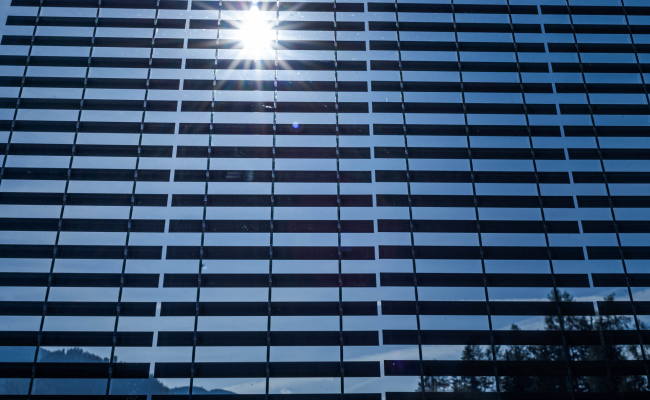When tough is not enough: Solving the mystery
Toughened glass is often specified in modern building design for its safety, strength and resistance to thermal breakage. Despite this, architects and specifiers can often be left bemused when glass breakages occur, as it can seem to be for no apparent reason.
With properties that make it up to three-four times stronger than ordinary glass of the same thickness, toughened glass is a popular choice of safety glass for architects and specifiers alike. Due to this, it’s commonly used in a wide range of architectural applications across commercial and domestic settings, from windows and doors, to balustrades and conservatory roofs.
Toughened glass is manufactured by subjecting final size, edgeworked panes of glass to a heating and cooling treatment whereby high compressive stresses are set up at the surface, while the interior has a counter-balancing tensile stress. As glass always breaks from the tensile stresses at the surface, toughened glass is stronger because the built-in compressive stress has to be overcome.
When breakages cause bemusement
Despite such properties, toughened glass can break and if a crack penetrating the inner tensile stress zone does occur, the pane of glass will fracture and disintegrate into small, granular particles. As well as this causing surprise or even shock, it can lead to puzzled homeowners or perplexed installers seeking an explanation for what caused the initial fracture.

When breakage happens, there can be a number of possible causes, from accidental or deliberate impact damage to inadequate installation practices or poor design. In order to determine the cause of the failure, the glass fragments, specifically those around the origin of fracture, the framing system and glazing method must be examined.
Impact damage
Impact damage can be both deliberate, for example by throwing stones at a window, or caused accidentally by activities such as ball games. When the glass breaks on impact it can be very difficult to identify the cause unless someone witnessed the breakage happen, as particles of the toughened glass will often fall away from the frame. This can cause difficulties, as it is not unknown for the impacting object – a stone, for example – to end up some distance away from the vicinity of broken glass. This can often lead to the misconception of ‘spontaneous fracture’.
Edge damage
While damage can occur when glass is in situ, it can also happen when the glass is being handled during processing, prior to being installed – an example of this is edge damage. While the majority of such damage will cause an instant breakage or is insignificant, some edge damage can lead to fracture at a later time.
In many cases, toughened glass may remain in a stable state permanently. However, occasionally the damage destabilises the built-in stresses around the damaged area to an extent that can allow a ‘static fatigue mechanism’ to operate, and this causes complete fracture to occur sometime after the initial damage was caused. This fracture may be seconds, minutes, days or even months away from actually occurring and is relatively rare, as most toughened glass will fracture at the time of damage or not at all.
Errors at installation
The majority of framing systems are designed so the glass is adequately supported and that no stress concentrations are exerted on to the glass. However, incorrect installation may introduce unacceptably high stresses into the glass. For example, if a screw is not fully tightened and is in contact with the glass, a breakage may occur when the glass is subjected to a wind or barrier loading.
The problem of inclusions
Inclusions are microscopic imperfections in glass and while most are harmless, nickel sulphide (NiS) inclusions have been known to cause glass to shatter. When glass is heated in the manufacturing process, so are any NiS inclusions and while the glass is rapidly cooled to achieve the properties of toughened glass, the NiS stays at a high temperature. Over time, the inclusion cools and expands, which can often lead to glass failure with no visible cause.
The breakage of toughened glass is sometimes attributed to NiS inclusions, in some cases because it is convenient to do so. However, it should only be confirmed as the cause if all of the glass is gathered and examined by a suitably qualified person. As this can be a daunting task, quite often it is not undertaken and the broken glass fragments are usually disposed of before an analysis is carried out.
A common conundrum?
Breakages in toughened glass can often cause confusion, particularly when first impressions indicate that the glass has broken for no apparent reason. Yet, by inspecting factors such as the framing system and glazing method, objects nearby and the fragments of glass containing the origin of the fracture, the cause can often be explained. Like any good mystery, the clues will lead to the culprit.
Find more information about Pilkington Toughened Glass HERE.






























